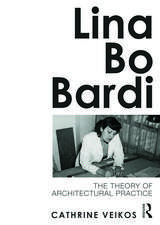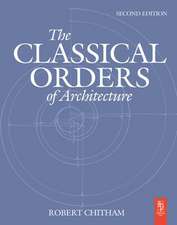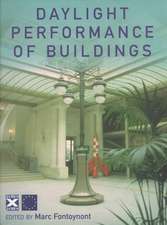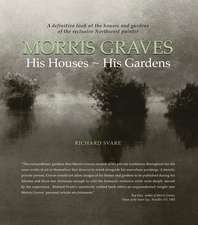Ad Quadratum: The Practical Application of Geometry in Medieval Architecture: AVISTA Studies in the History of Medieval Technology, Science and Art
Editat de Nancy Y. Wuen Limba Engleză Paperback – 11 noi 2016
| Toate formatele și edițiile | Preț | Express |
|---|---|---|
| Paperback (1) | 338.33 lei 6-8 săpt. | |
| Taylor & Francis – 11 noi 2016 | 338.33 lei 6-8 săpt. | |
| Hardback (1) | 736.38 lei 6-8 săpt. | |
| Taylor & Francis – 16 dec 2002 | 736.38 lei 6-8 săpt. |
Preț: 338.33 lei
Preț vechi: 386.77 lei
-13% Nou
Puncte Express: 507
Preț estimativ în valută:
64.74€ • 67.77$ • 53.57£
64.74€ • 67.77$ • 53.57£
Carte tipărită la comandă
Livrare economică 05-19 aprilie
Preluare comenzi: 021 569.72.76
Specificații
ISBN-13: 9781138257511
ISBN-10: 1138257516
Pagini: 296
Dimensiuni: 156 x 234 x 22 mm
Greutate: 0.45 kg
Ediția:1
Editura: Taylor & Francis
Colecția Routledge
Seria AVISTA Studies in the History of Medieval Technology, Science and Art
Locul publicării:Oxford, United Kingdom
ISBN-10: 1138257516
Pagini: 296
Dimensiuni: 156 x 234 x 22 mm
Greutate: 0.45 kg
Ediția:1
Editura: Taylor & Francis
Colecția Routledge
Seria AVISTA Studies in the History of Medieval Technology, Science and Art
Locul publicării:Oxford, United Kingdom
Cuprins
Contents: Preface, William W. Clark and Nancy Wu; Introduction, Eric C. Fernie; Geometry on a Carolingian wall, Warren Sanderson; A proposal for constructing the plan and elevation of a Romanesque church using three measures, Marie-Thérèse Zenner; Measure and proportion in Romanesque architecture, James Addiss; A schematic plan for Norwich Cathedral, Nigel Hiscock; The plan of Saint-Quentin: pentagon and square in the genesis of high Gothic design, Ellen M. Shortell; The hand of the mind: the ground plan of Reims as a case study, Nancy Y. Wu; Reconciling the feet at Beauvais and Amiens Cathedrals, Stephen Murray; On the drawing board: plans of the Clermont Cathedral terrace, Michael T. Davis; Geometry studies: the blind tracery in the western chapels of Narbonne Cathedral, Vivian Paul; The Church of St George of the Latins in Famagusta: a case study on medieval metrology and design techniques, Alpay Özdural; Geometry and scenography in the late Gothic choir of Metz Cathedral, Robert Bork; Index.
Recenzii
'This collection of papers is one of the greatest possible interest for those who wish to study (or question?) the use of geometry in medieval design... for those who are fascinated by this emerging discipline and who want to follow the analysis of great European buildings Ad Quadratum [is] essential reading.' Ecclesiastical Architects and Surveyors Association Journal Review 'Eric Fernie's excellent introduction to the anthology offers insightful guidelines that any researcher investigating medieval building design should follow.' CAA Reviews
Descriere
Considering practical geometry and how it may have been applied in the design of medieval architecture, these 11 papers by an international team of contributors, together with an introduction by Eric Fernie, present an up-to-date look at the latest scholarship covering an area from Carolingian Germany and Romanesque Italy to Crusader Cyprus and Gothic France. Figures largely generated by computer-assisted design (CAD) programs illustrate the applications of geometry and metrology, using new technology to overcome the limitations of earlier analysis of plans. These papers present the current state of thinking on the uses of geometry in medieval architecture, proving essential reading to historians of art, history, and science of the Middle Ages.



























